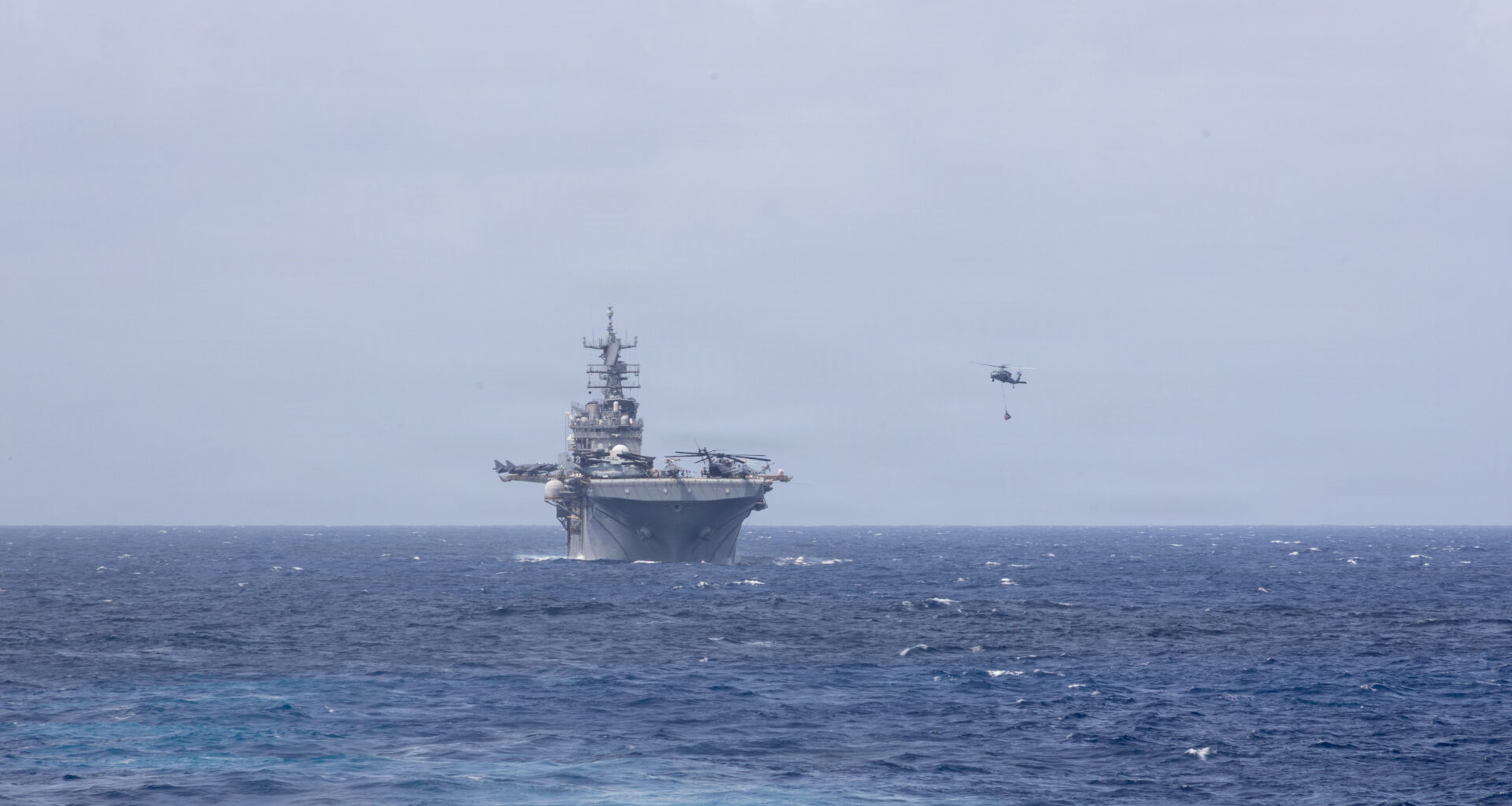WASHINGTON (TNND) — One of President Donald Trump’s first-day pledges upon taking office was to secure the U.S. border — a goal that includes tackling the nation’s ongoing drug smuggling crisis. In recent years, federal authorities have focused heavily on curbing the trafficking of fentanyl and cocaine, two of the deadliest and most pervasive illicit drugs entering the United States.
Drug smuggling networks have become increasingly sophisticated, with traffickers using high-speed boats, submarines, and other maritime routes to move narcotics across international waters.
A recent Wall Street Journal report traced the global fentanyl supply chain, identifying China as a key source of precursor chemicals used to manufacture the synthetic opioid.
In 2019, China classified all fentanyl-related substances as controlled, cutting off most direct shipments to the U.S.. However, Chinese suppliers have continued exporting precursor chemicals to Mexico, where cartels — primarily the Sinaloa Cartel — manufacture fentanyl for export.
The finished product is often shipped through Pacific ports to labs in Mexico’s Sinaloa state and then smuggled across the U.S.–Mexico border, including through Arizona’s Nogales Port of Entry.
In fiscal year 2024, U.S. Customs and Border Protection (CBP) seized nearly 22,000 pounds of fentanyl, according to agency data. While seizures have declined since 2023, cocaine interdictions are on the rise.
Most of the world’s cocaine is produced in Colombia, particularly in areas near Venezuela and Ecuador. Traffickers use “go-fast” boats, narco-subs, cargo vessels, and small aircraft to move shipments north. Key routes pass through Ecuador, Venezuela, Central America, and the Caribbean.
According to a 2023 United Nations report, the United States received an estimated 3,000 tons of Colombian cocaine, roughly eight times the amount imported in 2012.
The Trump administration has increased military operations targeting narcotics traffickers, particularly in the Caribbean and eastern Pacific. It’s believed that the Department of War — led by Secretary of Defense Pete Hegseth — has reported 16 strikes on suspected narco vessels in South American waters as of November.
The Centers for Disease Control and Prevention describes the surge in fentanyl-related overdoses as the “third wave” of the opioid epidemic — following the widespread abuse of prescription painkillers in the 1990s and heroin in the early 2010s.
Fentanyl deaths nearly doubled each year from 2011 to 2016, rising from 1,663 to 18,335, according to the CDC. Most seizures now occur at official ports of entry along the southern border.
The Financial Crimes Enforcement Network reported roughly $1.4 billion in suspected fentanyl-related financial activity in 2024.
Cocaine use first spiked in the mid-1980s, driven by Colombian cartels and the rise of crack cocaine in urban centers. According to the Department of Justice, Colombia remains the primary source of cocaine entering the United States, much of it trafficked through Mexico.
In fiscal year 2024, CBP seized about 68,000 pounds of cocaine, and 70,000 pounds in fiscal year 2025.
Fentanyl-related overdose deaths are concentrated in the eastern U.S. — particularly in the Northeast and Mid-Atlantic regions. In 2021, the highest mortality rates were reported in federal Health and Human Services Regions 1 and 3, which include states such as Connecticut, Maine, Massachusetts, Maryland, and West Virginia.
At the state level in 2022, the highest fentanyl-related death rates per 100,000 residents were recorded in West Virginia, the District of Columbia, Delaware, Tennessee, and Maine.
Cocaine-related overdoses also remain highest in the East. In 2021, HHS Region 1 (New England) recorded approximately 14.8 deaths per 100,000 residents, the highest rate in the nation.

